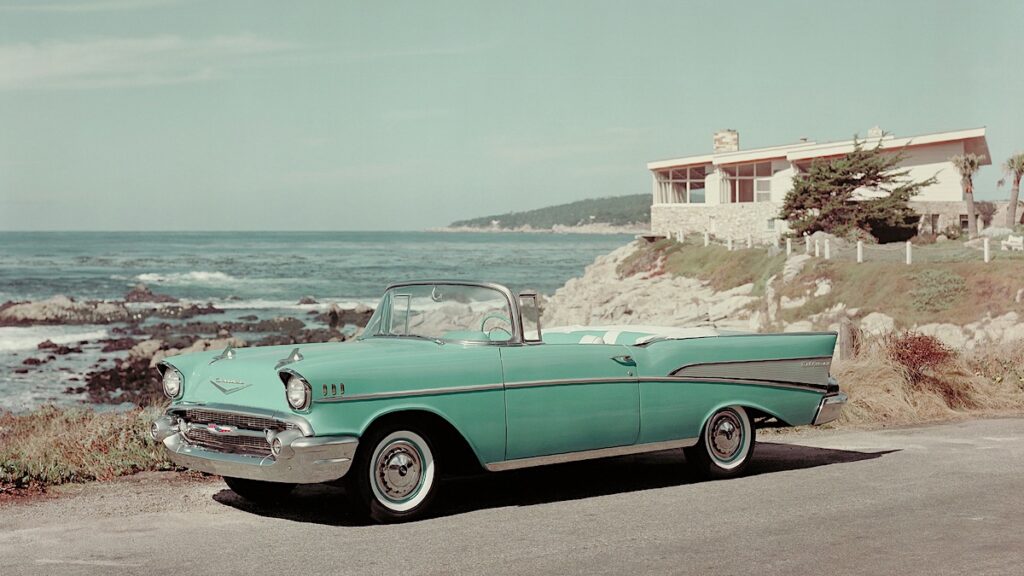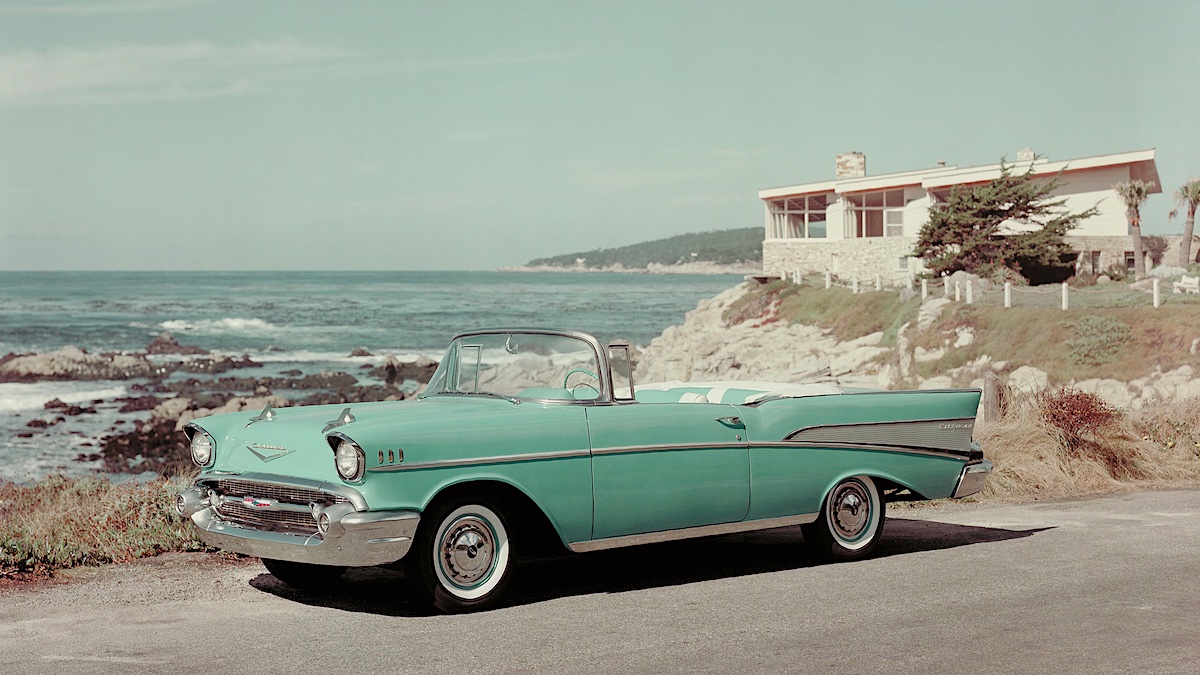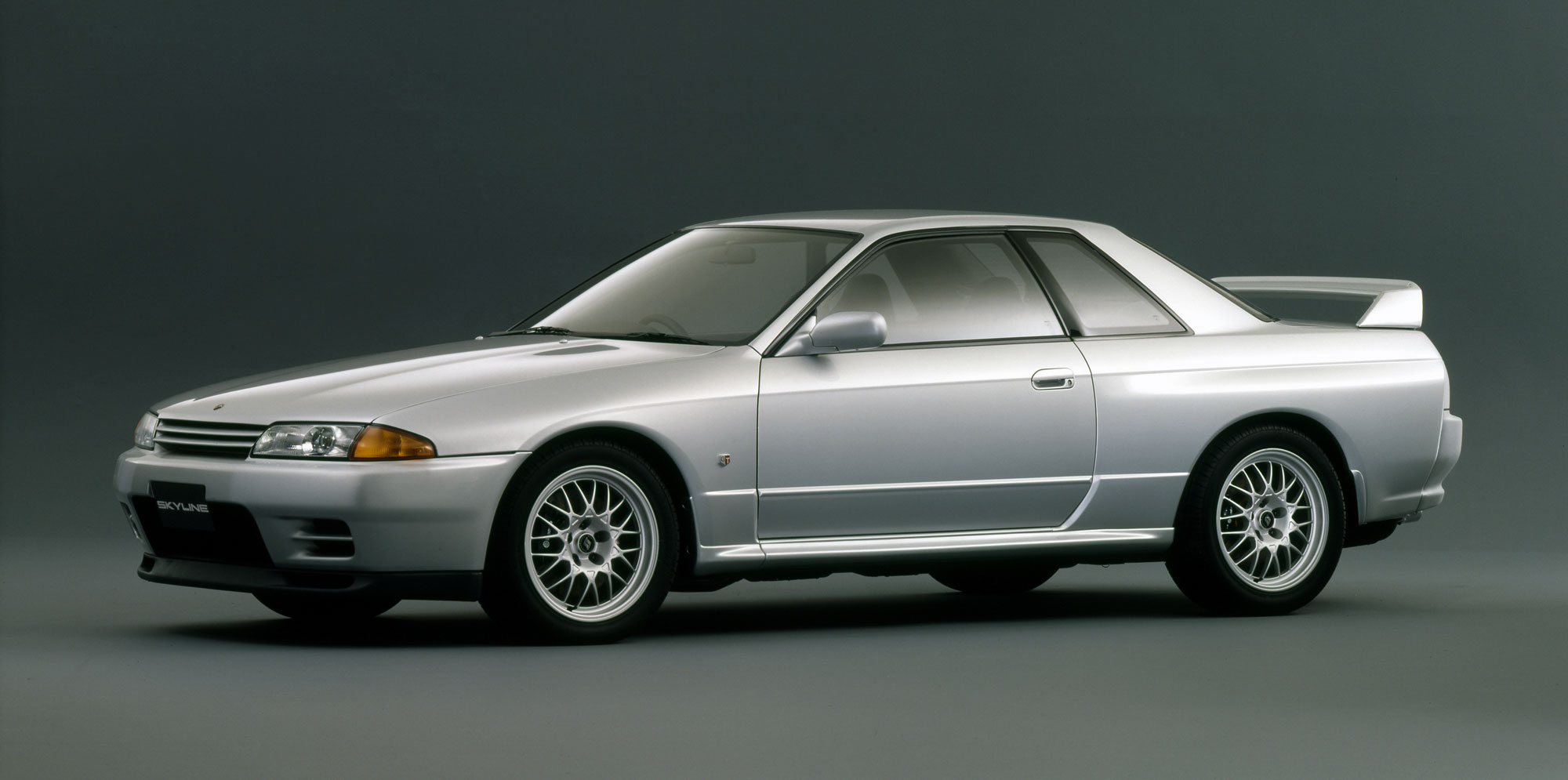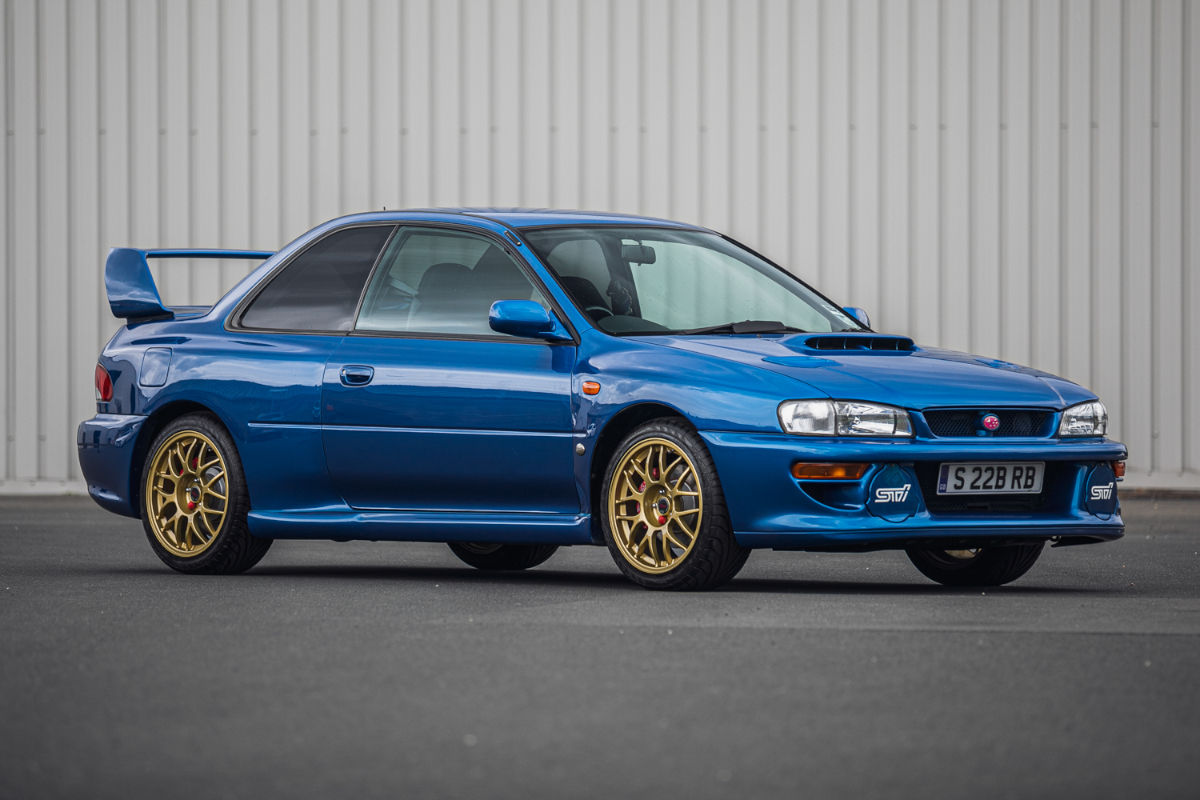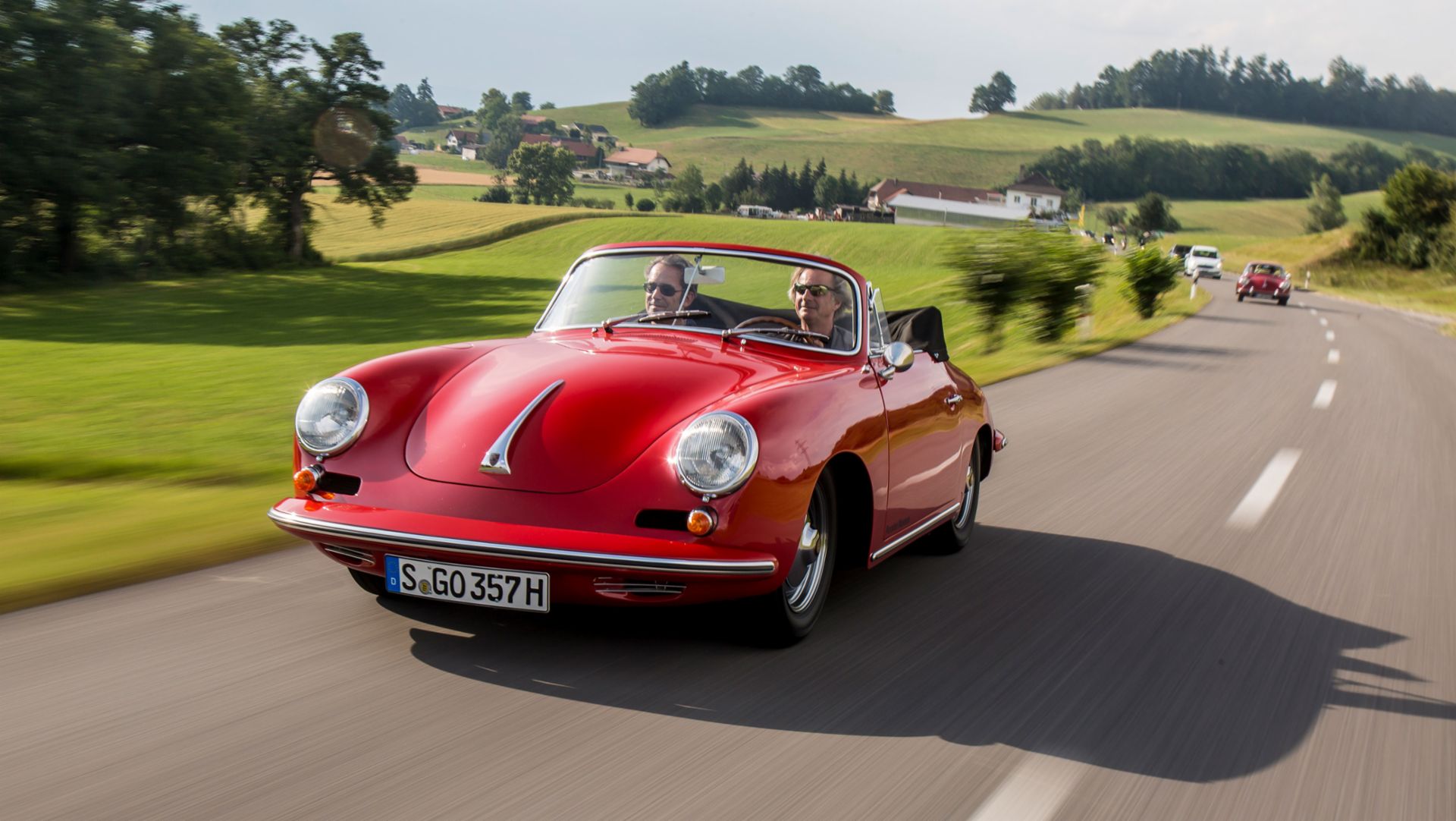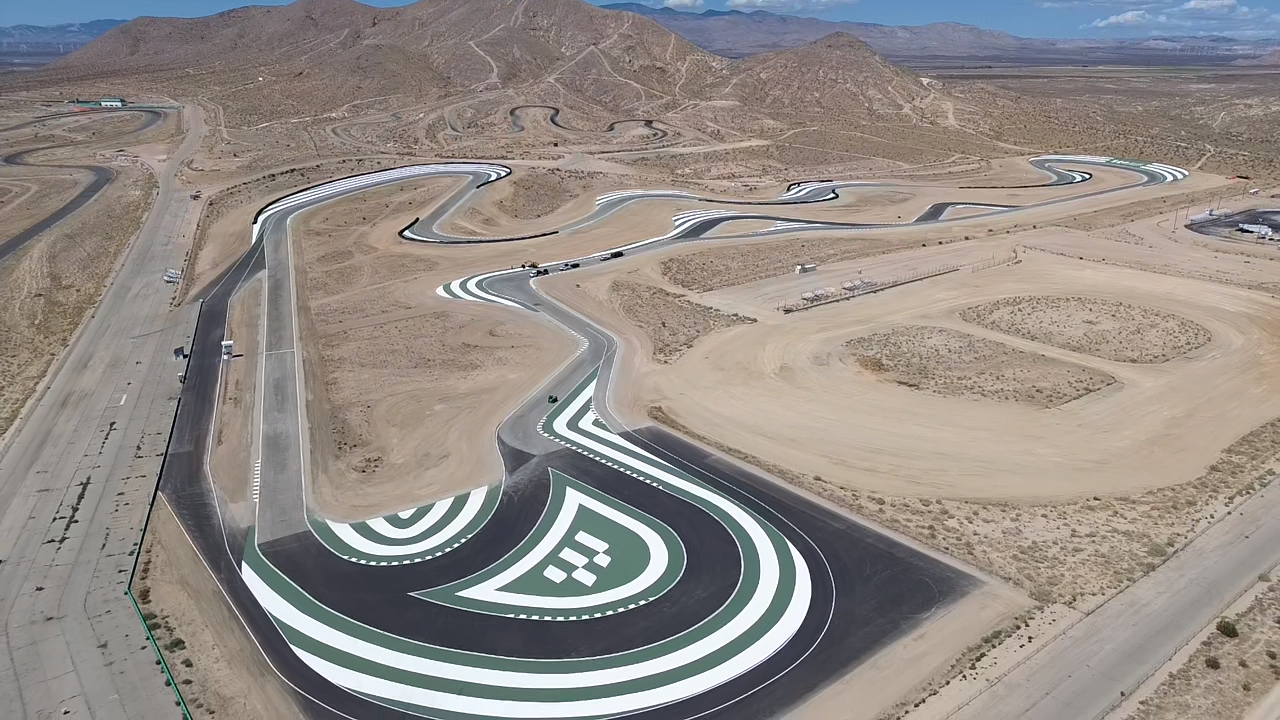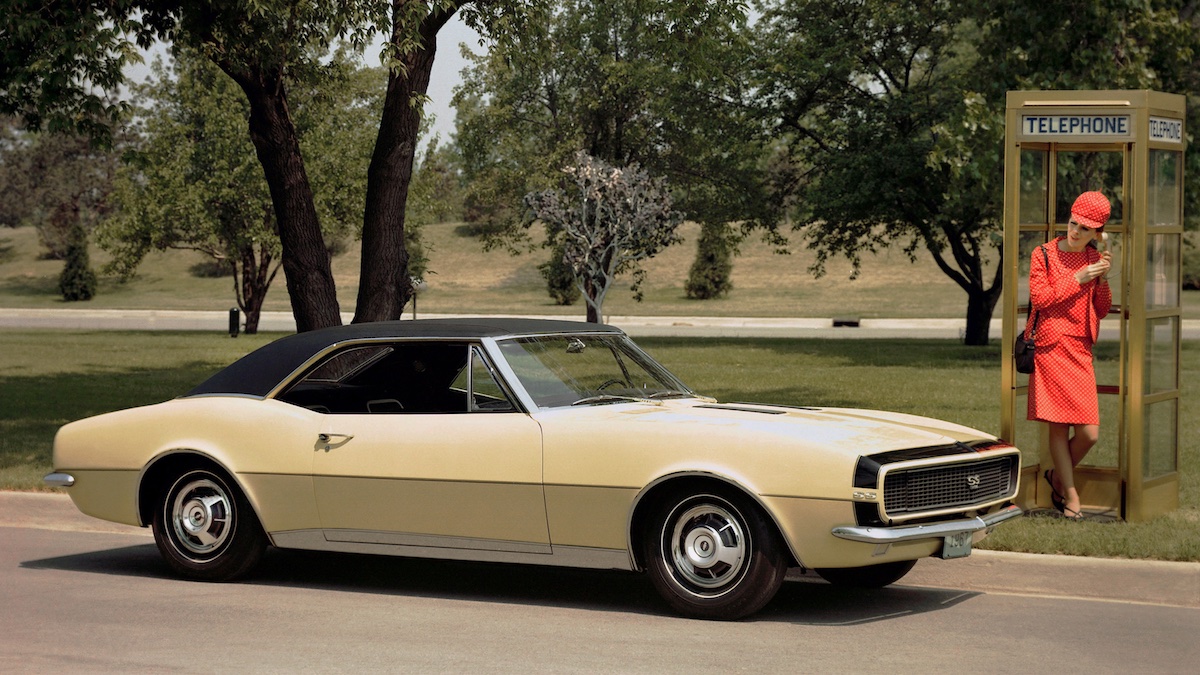If you were American and born during the late 1940s, the car you quite likely had when beginning to drive was a hand-me-down Chevrolet that your parents bought new in the mid-1950s.
Thirty years later, when looking for a car to rekindle those teen year memories, your sights quite likely fell on a Chevy just like the one you once owned, helping create the firestorm of demand that would engulf 1955-57 models.
US buyers were offered three steps within the 1955 Chevrolet lineup – 150, 210, and Bel Air – with a range of body styles including two- and four-door hardtops. Australia got just one: the four-door 210 sedan with a 3.8-litre six-cylinder engine and no V8 option.
Back in the States, where the main game was taking place, Chevrolet added further fizz to the mix in 1957 by making ‘dual quad’ carburettors (aka twin four-barrels) or optional fuel-injection on Bel Air models. This was the same system used in the Corvette sports car and helped Chevrolet boast that its regular passenger cars could produce ‘1hp from each cubic inch’ – an achievement usually reserved for competition cars or European exotics.
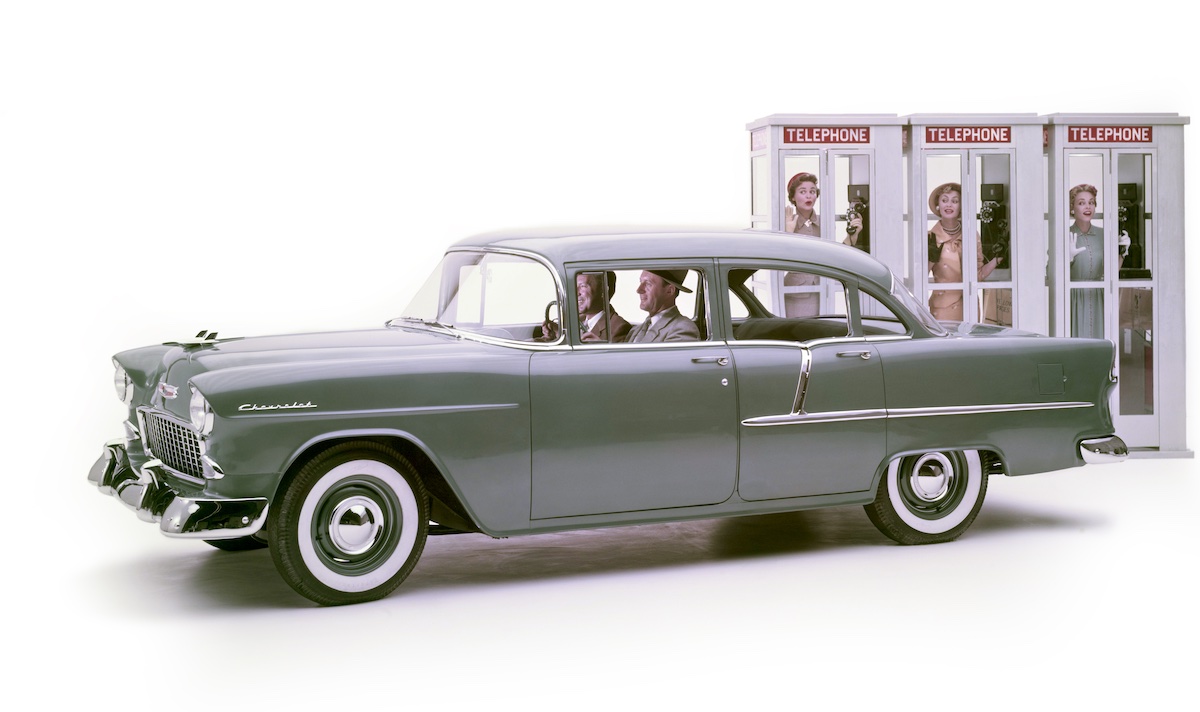
Options were numerous and included power steering, air-conditioning for V8-powered cars, a power-operated convertible top and Continental kit that allowed the spare wheel to be mounted on the rear bumper.
Chevrolets of this age sold in Australia were Canadian in origin, fitted with the six-cylinder engine and three-speed manual transmission. Locally-assembled cars in original condition are becoming difficult to find as many have been modified to some degree, including the ever-popular V8 engine transplant.
A six-cylinder manual four-door, maintained in close to original condition, is likely to cost $40,000 to $50,000. Sedans with a V8, whether original or replacement, along with modified brakes, suspension and interior will be $15,000 to $30,000 dearer.
Pillarless Bel Air Hardtops with 283 cubic inch engines were Chevrolet’s flagship cars in 1957 and rarely seen in Australia when new. That situation has changed since the 1980s when regulations changed and local importers began scouring the USA for excellent cars that could be sold without conversion to right-hand drive.
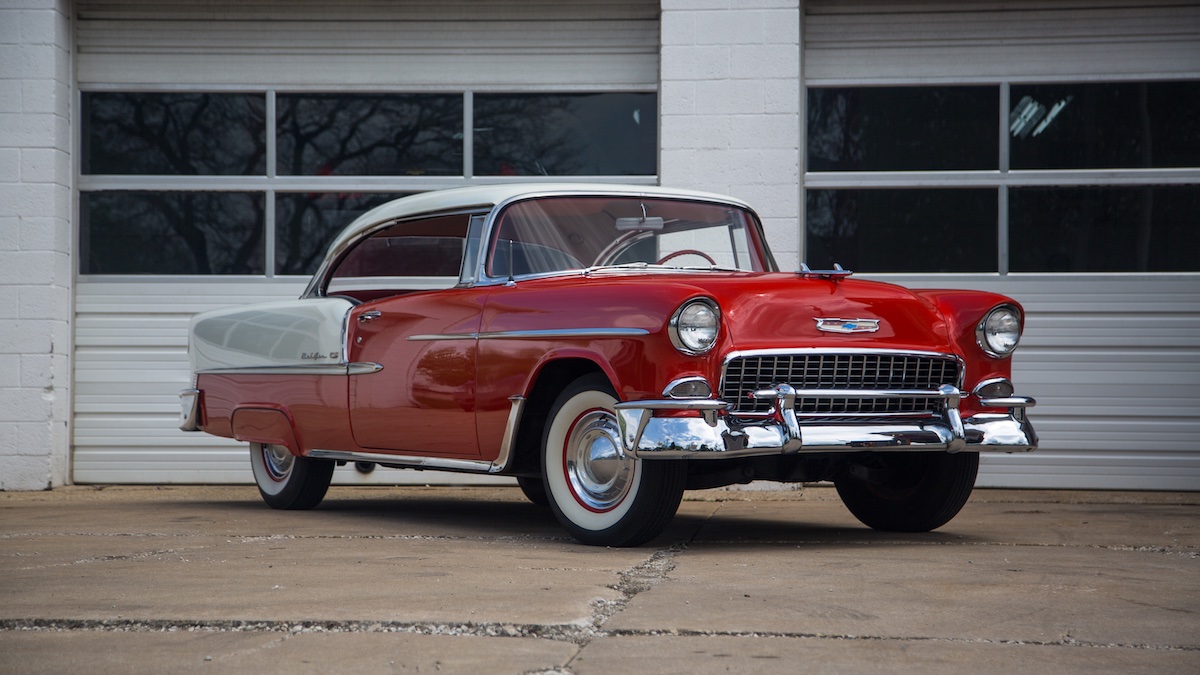
Owning a Chevrolet that will shortly turn 70 should not threaten your financial security. The US market is so deeply involved with these cars that parts needed for maintenance or restoration will be available and usually not expensive.
These old Chevys aren’t especially rust prone either, but normal checks are prudent – especially looking at the floors, lower doors and rear suspension mounting points. Plenty of body panels, glass and trim components remain in production, while spares for small block Chevrolet V8s are available almost everywhere.
In the late-1990s, top-quality Bel Air two doors, including those with the basic single-carburettor 283 engine, were pulling $35,000 to $40,000 but their price has climbed steadily since then to currently sit above $100,000.
Chevrolets of this age might appear to be a finite resource, yet surveys of US sale sites reveal neglected but complete and running sedans priced below US$15,000 that could be imported to Australia and restored.
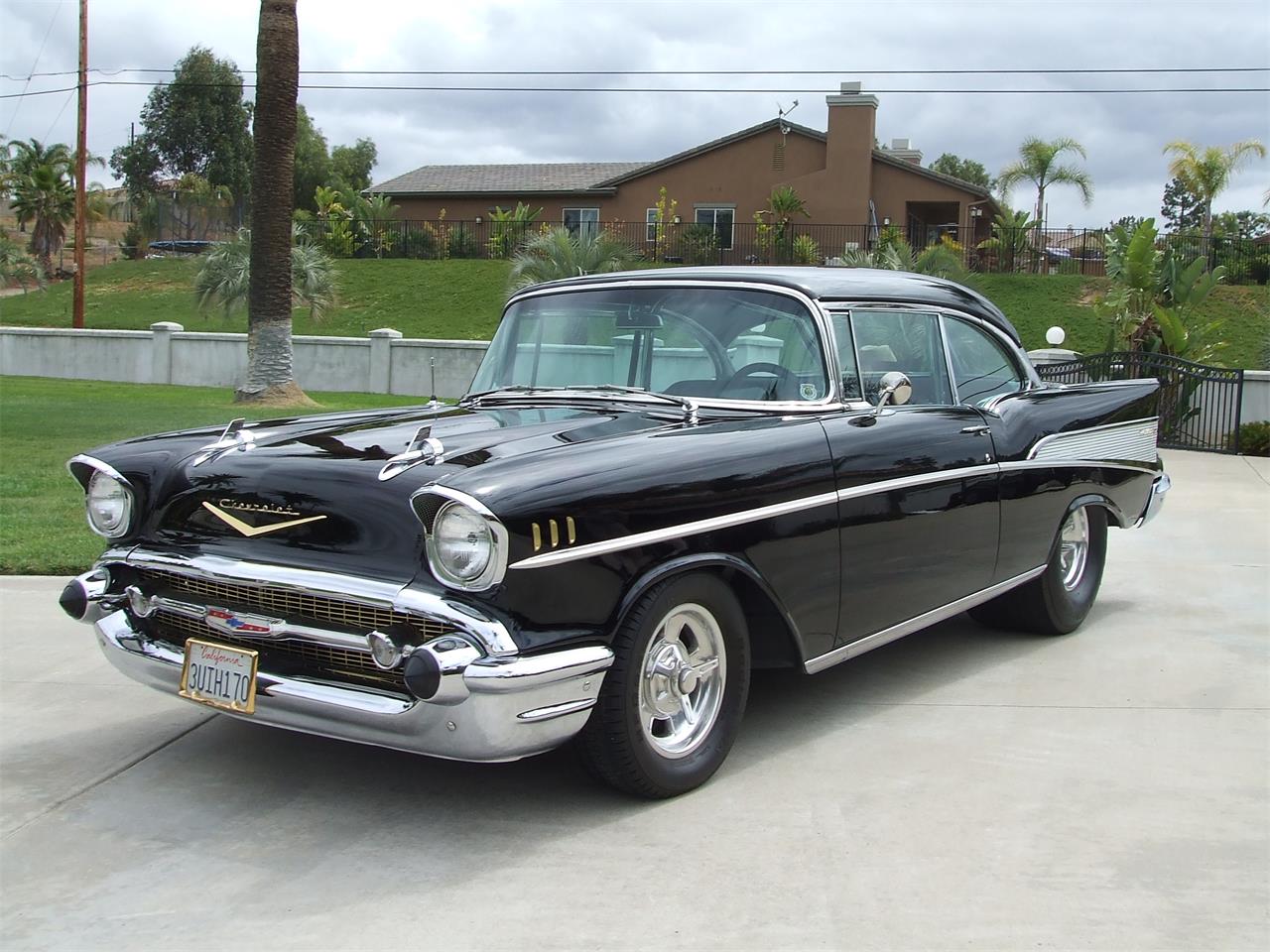
Things To Watch Out for When Buying a Used 1955-57 Chevrolet
- Damaged chrome and cast body mouldings are hard to replace
- Worn hinge boxes on two-door cars
- Blocked drain holes causing doors to rust
- Non-original V8s reduce values
- Slow-changing two-speed automatic
- More than 75mm of steering play means work is required
- Fuel gauge reading may be inaccurate
Valuation Timeline: 1955-57 Chevrolet
-
1995$32,000
-
2005$62,000+93.75%
-
2010$55,000-11.29%
-
2014$62,000+12.73%
-
2020$95,000+53.23%
-
2025$110,000+15.79%1957 Bel Air 2-Door Hardtop

